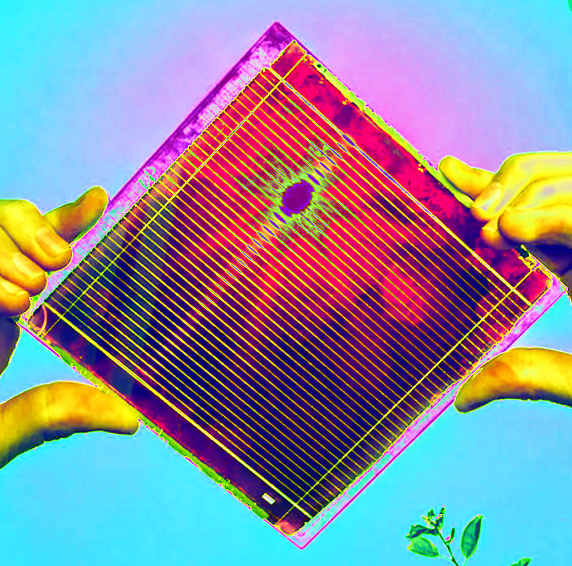ARENA seeks cheap solar
 The Australian Renewable Energy Agency (ARENA) has opened a $40 million fund for ultra low cost solar.
The Australian Renewable Energy Agency (ARENA) has opened a $40 million fund for ultra low cost solar.
Ultra low cost solar was recently added as a priority technology in the Australian Government’s Low Emissions Technology Statement (LETS), which set a stretch goal of $15 per megawatt hour, roughly a third of today’s cost.
Ultra low cost solar is needed to scale up production of low cost green hydrogen, in support of the LETS hydrogen goal of “H2 under $2”. It may also open other decarbonisation pathways for heavy industry, including low emission materials such as green steel and aluminium.
The R&D funding round will build on ARENA’s previous R&D investment into solar PV and will seek to support projects that align with ARENA’s Solar 30-30-30 target of 30 per cent module efficiency and 30 cents per installed watt at utility scale by 2030.
ARENA invites applications that can materially reduce the levelised cost of solar PV by 2030 across two streams:
-
Stream 1 – Cells and Modules: Building on Australia’s leading track record of R&D and innovation in solar cells and modules
-
Stream 2 – Balance of system, operations and maintenance: Seeking to broaden the approach to accelerate innovation that can drive down the upfront and ongoing costs of utility scale solar PV in the field.
ARENA CEO Darren Miller said the pioneering work of Australian solar researchers will be key to driving cost reductions and improving solar cell efficiency.
“Australia’s solar researchers have been leading the world for decades. Thirty years ago, UNSW researchers invented the PERC silicon solar cell, technology which today is the foundation of more than 80 percent of the world’s solar panels,” he said.
“That great work continues through ACAP, our universities and CSIRO as well as clean energy startups. Just a few months ago, SunDrive – a startup founded by former UNSW students and now based in Sydney – created the world’s most efficient solar cell.
“This $40 million R&D funding round will support Australia’s solar researchers and industry to get behind the target of Solar 30 30 30 and drive the innovation that will deliver ultra low cost solar.
“Ultra low cost solar will be a vital component in helping Australia move towards a lower cost, largely renewable electricity system and achieve the goal of net zero emissions by 2050.”








 Print
Print